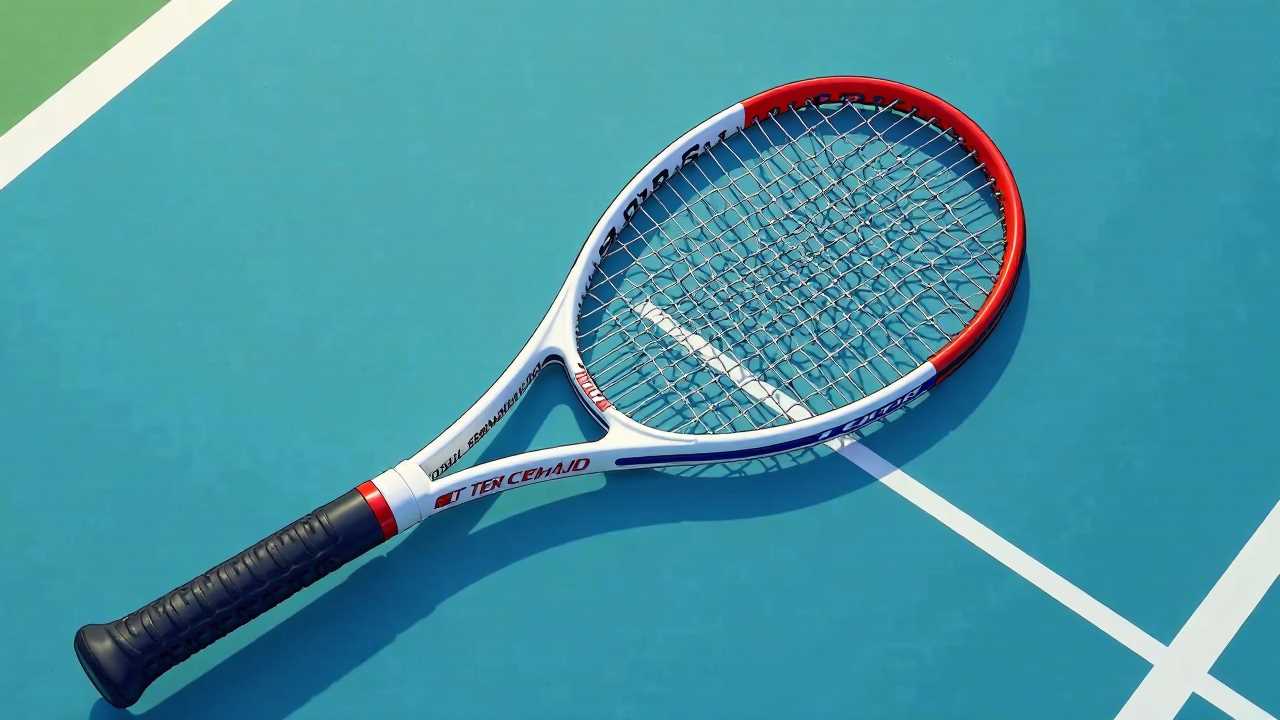
The Importance of Tennis Racket Stringing
Tennis racket stringing is a fundamental aspect of racquet maintenance that directly influences a player's performance on the court. The strings of a racket are not merely functional; they are pivotal in determining how a player interacts with the ball. Proper stringing can lead to improved performance enhancement, while neglecting this vital component can hinder a player's ability to execute shots effectively.
Understanding the mechanics behind stringing allows players to tailor their equipment to their specific needs. This customization is essential for optimizing performance, ensuring that the racket responds accurately to the player's style of play. Whether you are a beginner or a seasoned professional, mastering the art of tennis racket stringing can significantly impact your game.
String Tension: Finding the Perfect Balance
One of the most critical factors in tennis racket stringing is string tension. The tension at which the strings are strung affects not only the feel of the racket but also the trajectory and speed of the ball. Higher tension typically results in more control and spin, while lower tension can provide additional power and comfort.
Players must consider their playing style when determining the ideal string tension. For instance, aggressive players who rely on precision might prefer tighter strings, while those who prioritize power may benefit from a looser setup. Experimenting with different tensions can help players find the sweet spot that maximizes their strengths and minimizes weaknesses.
Performance Enhancement Through String Selection
The choice of strings plays a significant role in performance enhancement. Strings come in various materials, including natural gut, synthetic gut, polyester, and multifilament. Each type offers distinct advantages and disadvantages, making it essential for players to select strings that align with their preferences and playing style.
Natural gut strings are known for their exceptional feel and power, making them a favorite among many top players. On the other hand, polyester strings provide durability and spin potential, catering to aggressive baseliners. Multifilament strings offer a blend of comfort and power, ideal for players seeking a softer feel. Understanding these options allows players to make informed decisions that can elevate their game.
Equipment Optimization: The Role of String Durability
Equipment optimization is another crucial aspect of tennis racket stringing. Players must consider the durability of their strings, especially if they play frequently or with a lot of intensity. Strings that break easily can lead to frustration and additional costs, making it vital to choose strings that can withstand the rigors of regular play.
Polyester strings are often favored for their durability, while natural gut strings, despite their superior performance, may require more frequent replacement. Players should assess their playing frequency and style to determine the best string option that balances performance and durability.
Player Preference: Customizing Your Racket Setup
Every player has unique preferences that influence their choice of racket setup. Understanding these preferences is key to achieving optimal performance. Factors such as grip size, racket weight, and string type all contribute to a player's comfort and effectiveness on the court.
Players should take the time to experiment with different setups to find what feels best for them. This may involve trying various string tensions, materials, and even racket models. By customizing their equipment, players can enhance their overall experience and performance, leading to greater success on the court.
Maintaining Your Racket: Best Practices
Proper racquet maintenance extends beyond stringing. Regular care can prolong the life of the racket and ensure consistent performance. Here are some best practices to keep in mind:
1. Store Your Racket Properly: Avoid leaving your racket in extreme temperatures, as this can affect the strings and frame. Use a protective cover when not in use.
2. Check String Condition: Regularly inspect your strings for signs of wear or fraying. Replace them as needed to maintain optimal performance.
3. Clean Your Racket: Wipe down the frame and strings after each use to remove dirt and moisture. This simple step can help preserve the integrity of the racket.
4. Re-string Regularly: Depending on your playing frequency, consider re-stringing your racket every few weeks or months. This ensures that you are always playing with fresh strings that provide the best performance.
Elevating Your Game Through Stringing Mastery
Mastering tennis racket stringing is an essential skill for any serious player. By understanding the intricacies of string tension, performance enhancement, equipment optimization, and player preference, you can tailor your racket setup to meet your specific needs. With proper maintenance and care, your racket will serve you well on the court, allowing you to focus on what truly matters: your game. Embrace the art of stringing, and watch as your performance reaches new heights.
 SportsHollywoodLifestyleFashionHome & GardenTrendsPrivacy PolicyTerms And Conditions
SportsHollywoodLifestyleFashionHome & GardenTrendsPrivacy PolicyTerms And Conditions
